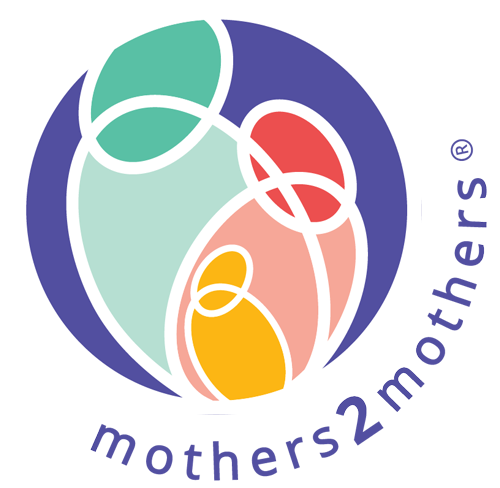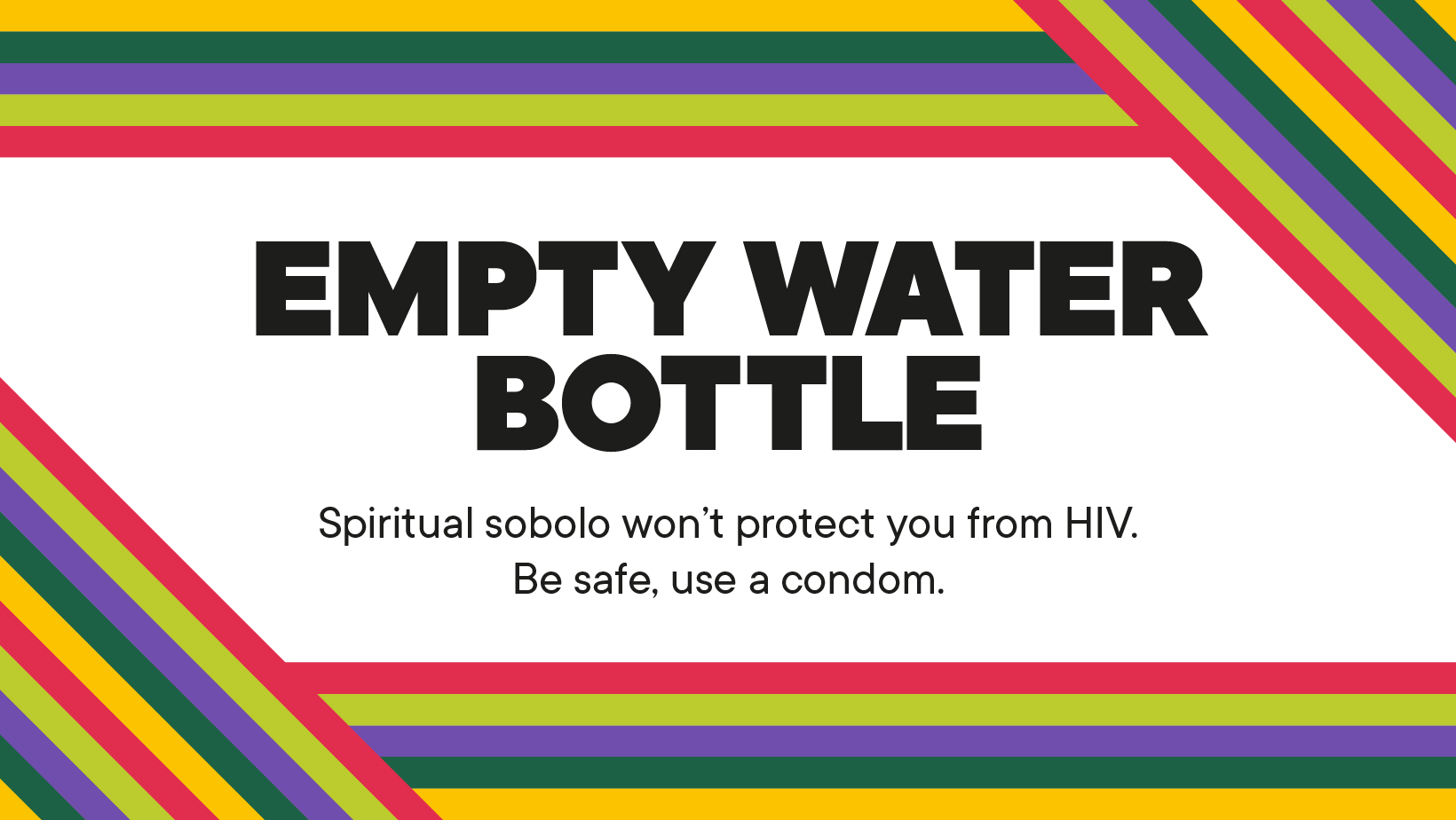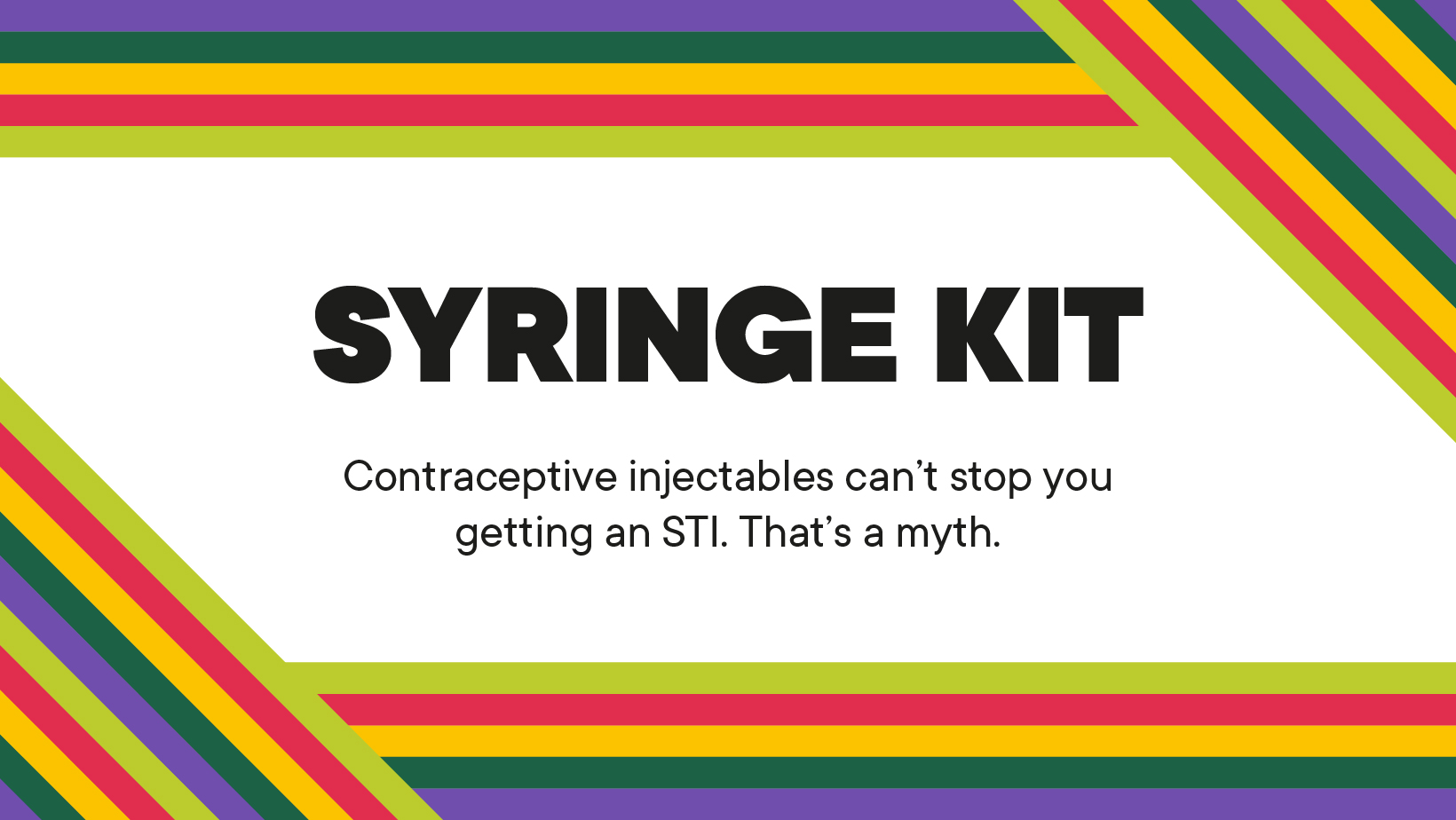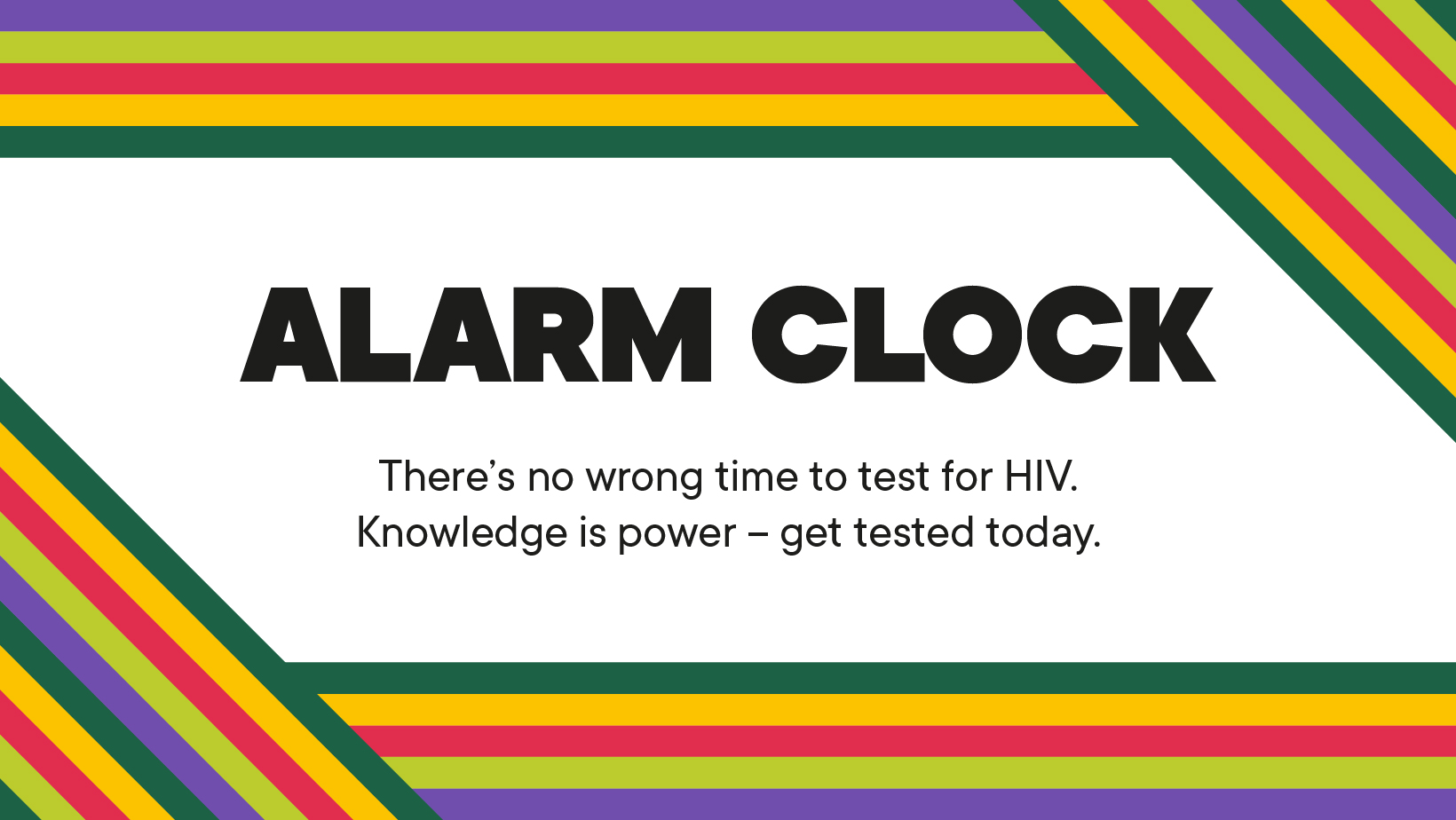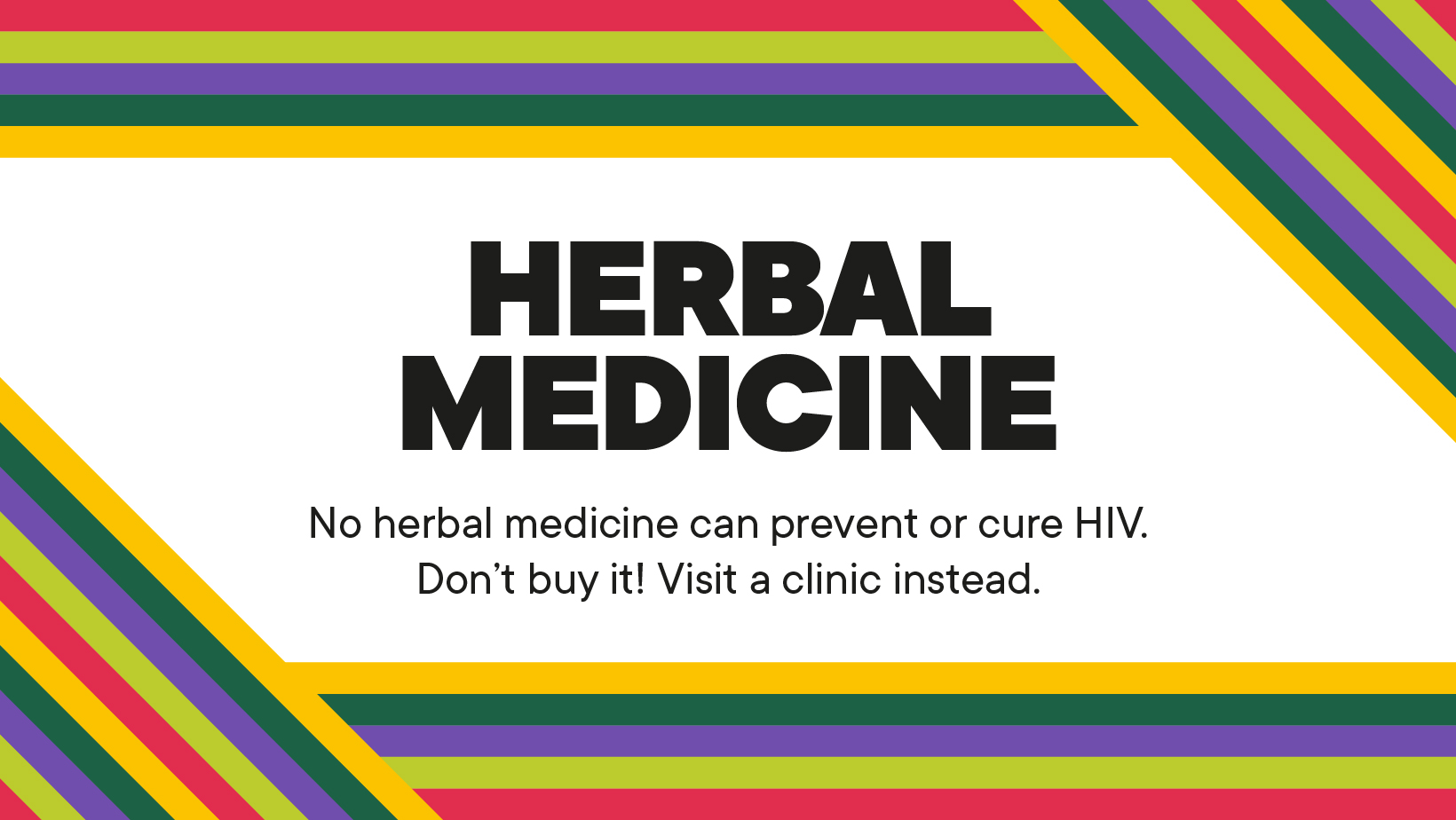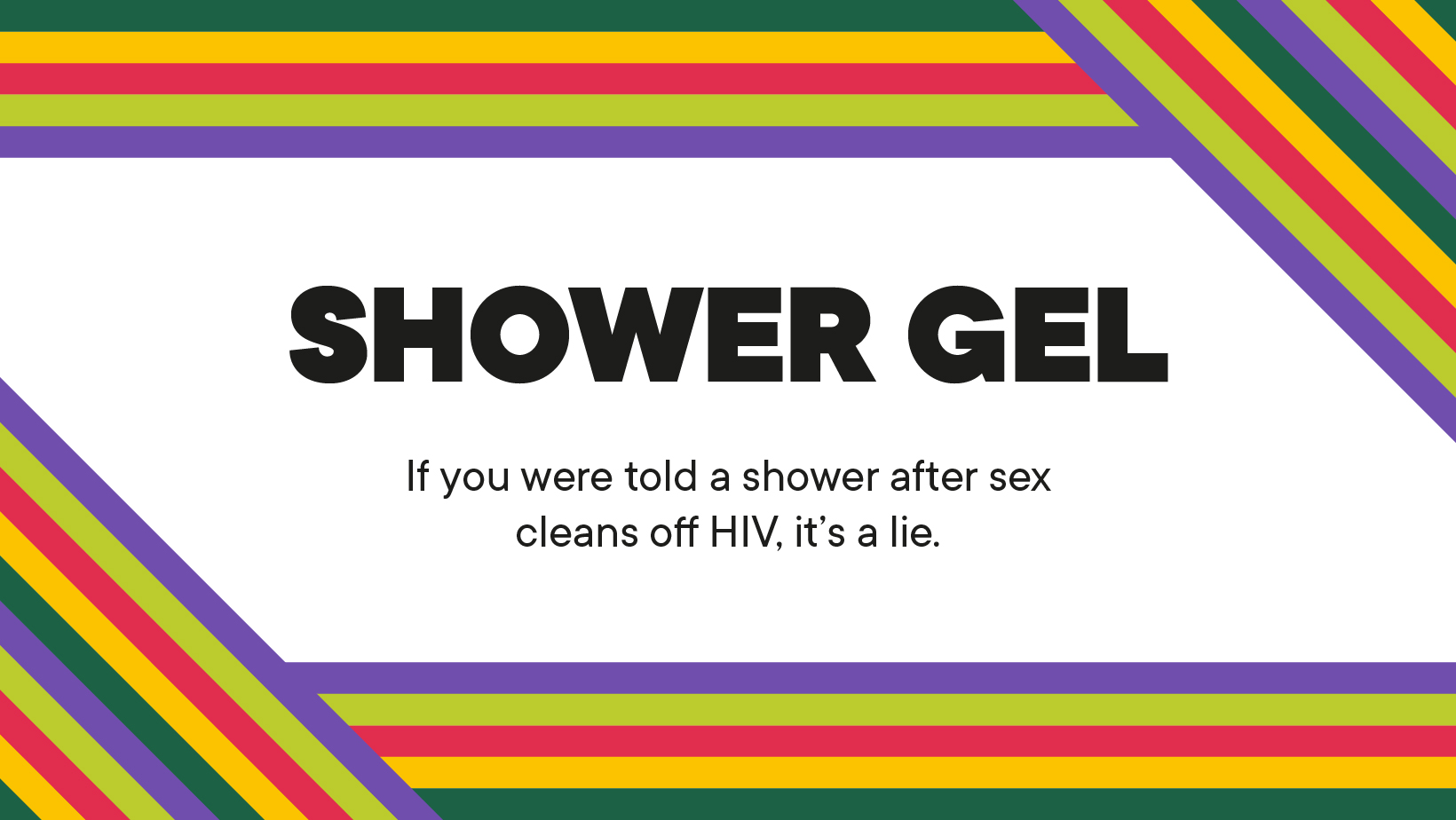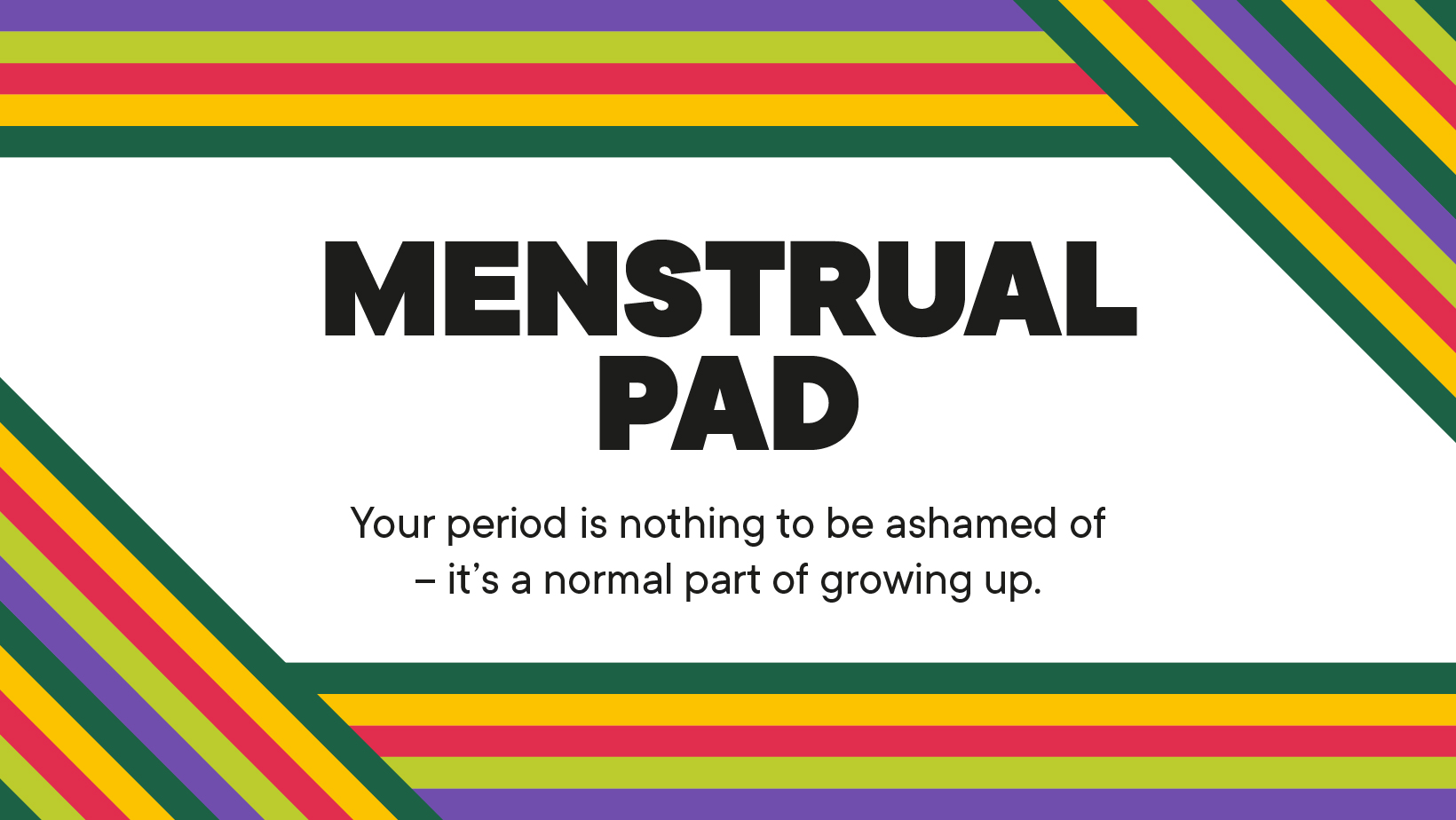The Proof Is in the Pudding
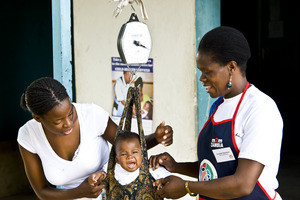 Every year, mothers2mothers conducts a thorough evaluation of its programme to assess the impact it is having on preventing mother-to-child transmission of HIV and promoting maternal health.
Every year, mothers2mothers conducts a thorough evaluation of its programme to assess the impact it is having on preventing mother-to-child transmission of HIV and promoting maternal health.
This analysis helps m2m ensure that it is providing the highest quality services at all of its sites. m2m is very pleased with the findings of the 2012 evaluation, which shows across-the-board improvements in the percentage of its clients following key medical interventions that are critical to reducing paediatric HIV infections and improving the health mothers living with HIV, compared to the 2011 findings.
2012 performance improvements across m2m’s seven countries include increases in the percentage of clients disclosing their HIV status, taking anti-retroviral (ARV) drugs during pregnancy, delivering in a health facility, and having their babies tested for HIV.
Here is a breakdown of the results:
Performance Indicators % of m2m clients (or infants of client)
| 2011 | 2012 | |
| Disclosing HIV status | 70% | 87% |
| Taking a CD4 test during pregnancy | 78% | 80% |
| Taking antiretroviral (ARV) drugs during pregnancy | 72% | 93% |
| Delivering in a health facility | 79% | 92% |
| Administering ARV prophylaxis to their babies to protect them from HIV infection | 89% | 95% |
| Exclusively breastfeeding for first six months | 56% | 82% |
| Giving their babies a test for early diagnosis of HIV (PCR test) | 65% | 88% |
| Receiving the results of their baby’s PCR test | 88% | 96% |
m2m’s impact on the prevention of mother-to-child transmission of HIV:
The 2012 evaluation shows that m2m is having a positive impact on reducing mother-to-child transmission of HIV, particularly when a mother receives education and support from m2m during her pregnancy. Of those infants in m2m’s programmes who received an early infant diagnosis test for HIV (PCR test ) in 2012, 3.8% tested positive for HIV. For the mothers who came to m2m only after they had their baby, the mother-to-child transmission rate was 5.0%.
But for mothers who came to m2m during their pregnancy and continued to participate in m2m’s programme after their child’s birth, the transmission rate was only 1.9%, suggesting the possible connection between m2m’s education and support services can have during pregnancy in helping mothers keep their babies healthy.
What’s responsible for the across-the-board improvements:
m2m attributes in large part the improvements in these key indicators to the implementation of two major programme initiatives rolled out across m2m in 2012 — Strengthening Outcomes by Analysing Results (SOAR) and Active Client Follow Up (ACFU). SOAR enables m2m site staff to make immediate programme improvements in response to the data they collect and analyse from their sites.
With ACFU, Mentor Mothers use text messages, calls, and home visits to identify, communicate, and follow up with clients who have missed priority events to prevent transmission of HIV from mother to child and encourage them to return to the facility for ongoing care and support.
How m2m’s performance compares to national or regional rates:
m2m client outcomes surpassed nearly all national/regional performance rates where comparative data was available, including the uptake of ARVs during pregnancy, infants receiving ARV prophylaxis, and infants receiving an early diagnosis test to determine if they have been infected with HIV.
What key stakeholders and m2m Mentor Mothers are saying about the programme:
A recommendation was made in m2m’s 2011 evaluation that future evaluations include both quantitative and qualitative data to provide a richer assessment of the programme’s impact. m2m conducted qualitative research for the first time in the 2012 evaluation through one-on-one interviews and focus group discussions with key external stakeholders and Mentor Mothers on the quality of m2m services and the impact the programme is having on women living with HIV.
Here are some of the highlights:
- Feedback from stakeholders at the district and national levels of Ministries/Departments of Health: Overall satisfaction with the m2m programme was reported across countries and jurisdictions. The main areas of satisfaction were seeing women become empowered and the effective delivery of services to women and children in health facilities and the community. m2m programmes were credited for increased PMTCT/HIV services uptake, improved patient retention and outcomes, a reduction in stigma and greater support from partners.
- Feedback from Mentor Mothers and Site Coordinators: Mentor Mothers stated that their employment at m2m has provided them a sense of empowerment and self-reliance. Specific benefits cited by the Mentor Mothers who were interviewed included: (1) empowerment: financial, health, improved self-esteem, self-worth; (2) education and skills to support other mothers; and (3) improved relationships and friendships with partners and others. Regarding ACFU and SOAR, the new initiatives that m2m rolled out in 2012, Mentor Mothers and Site Coordinators reported that they are helping them identify problems and make changes to improve prevention of mother-to-child transmission of HIV service outcomes.
